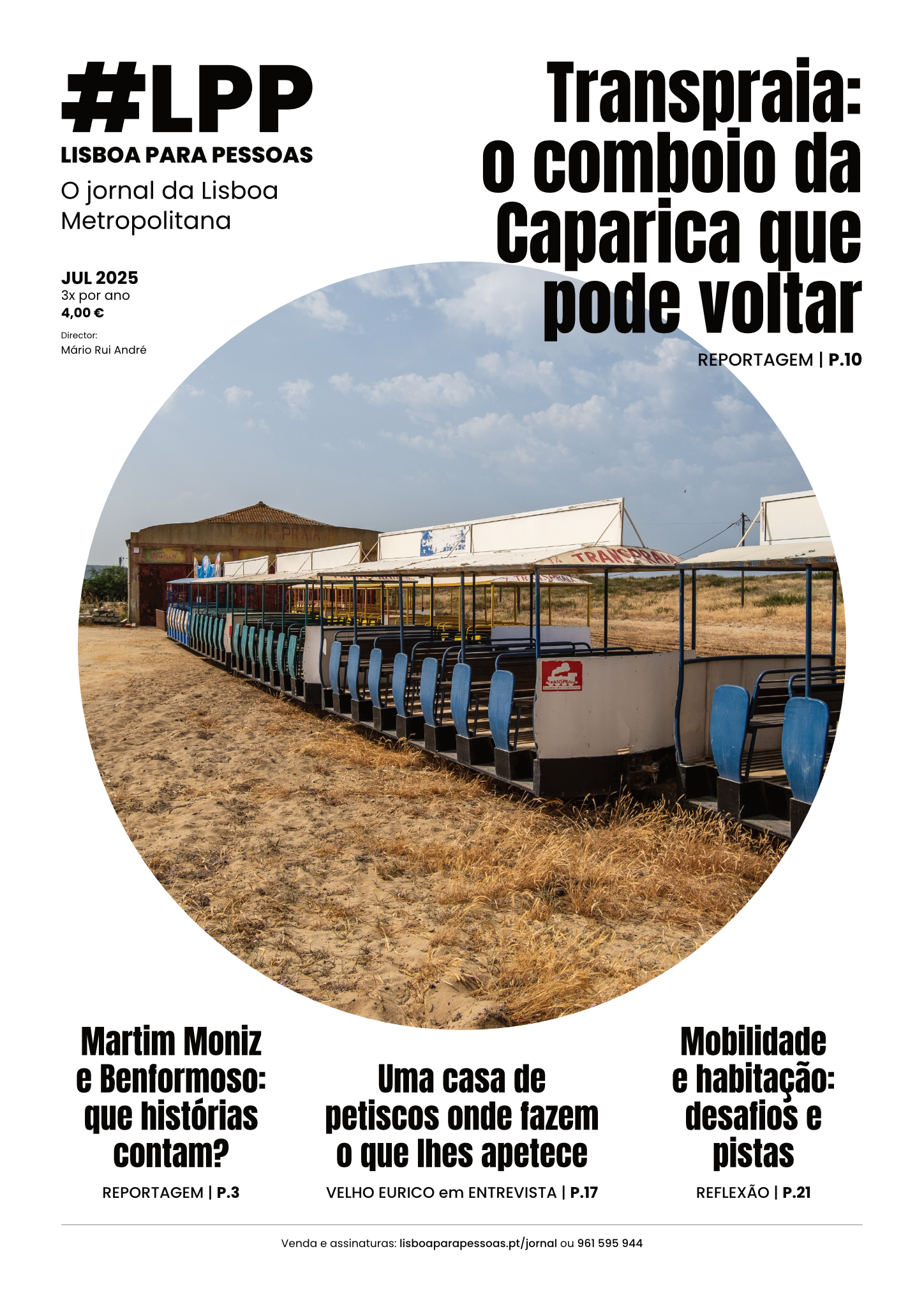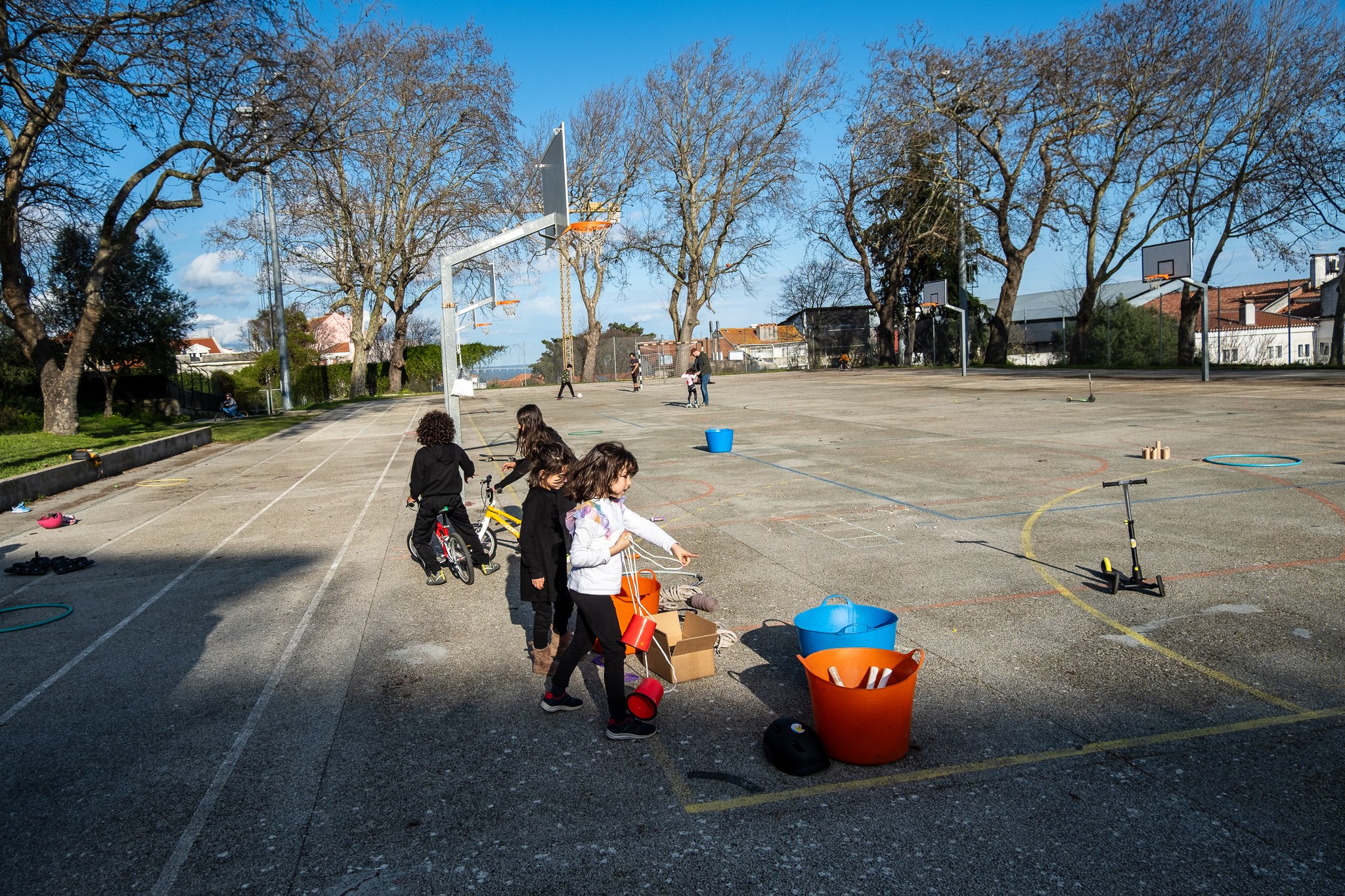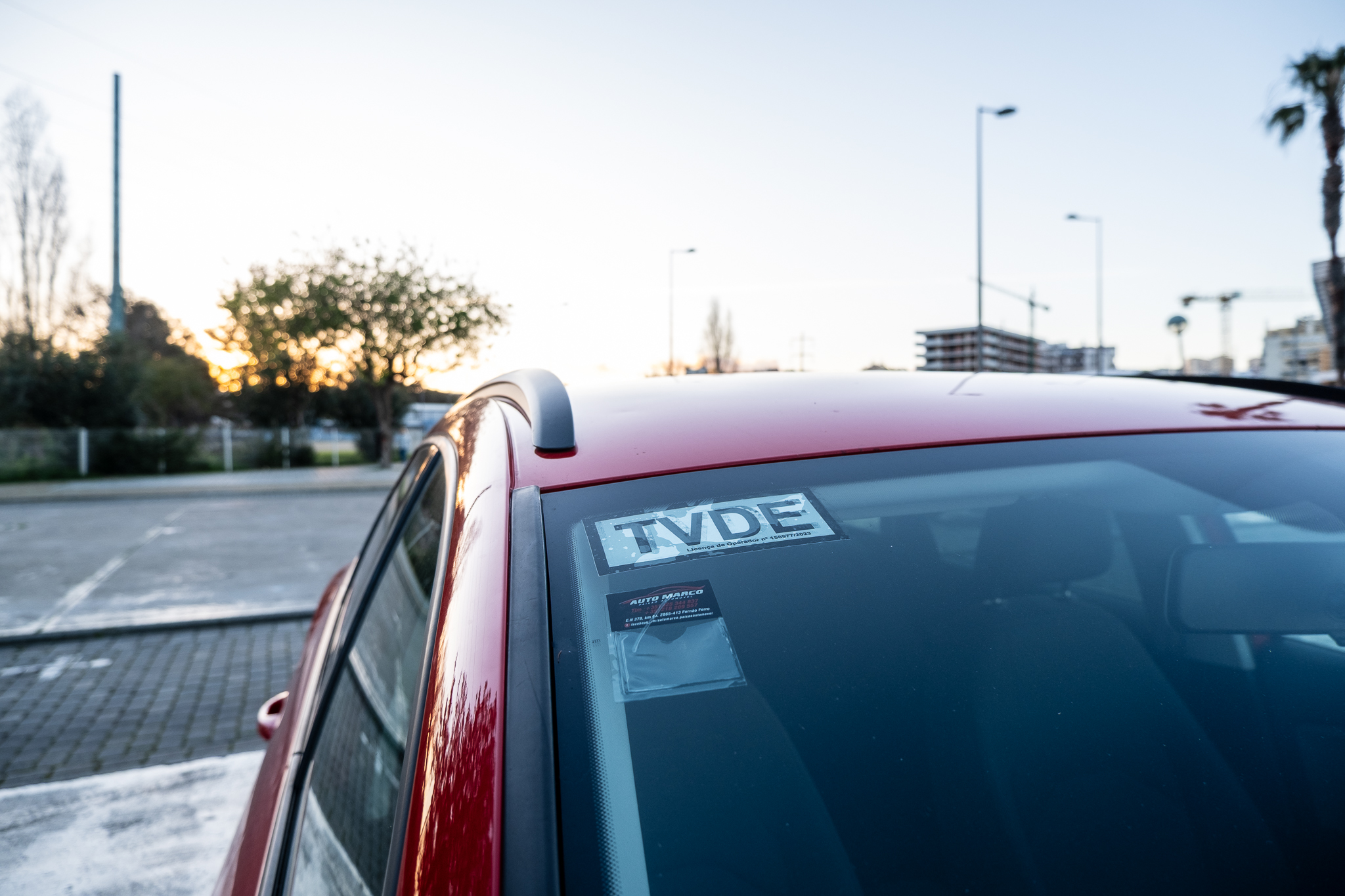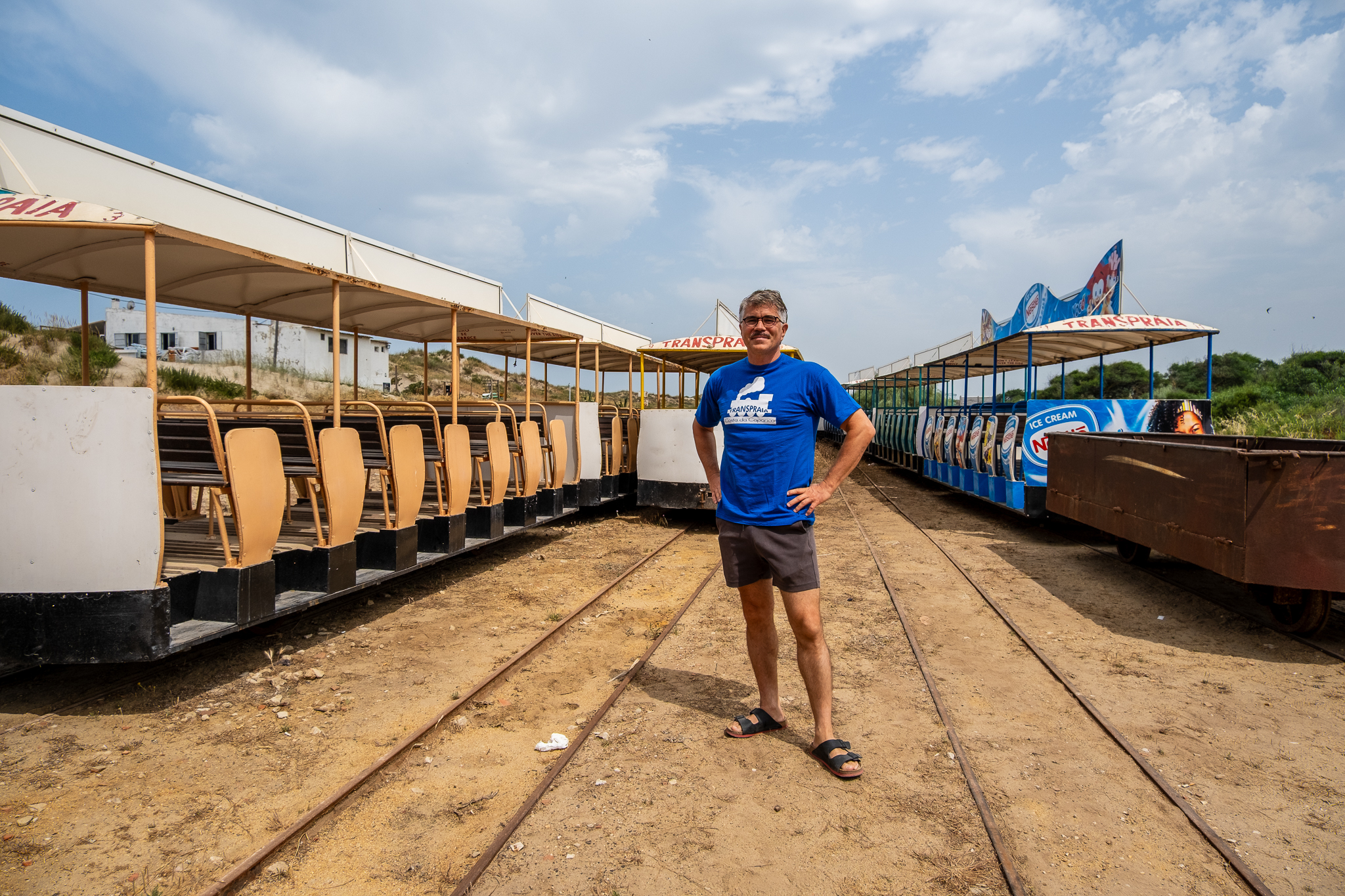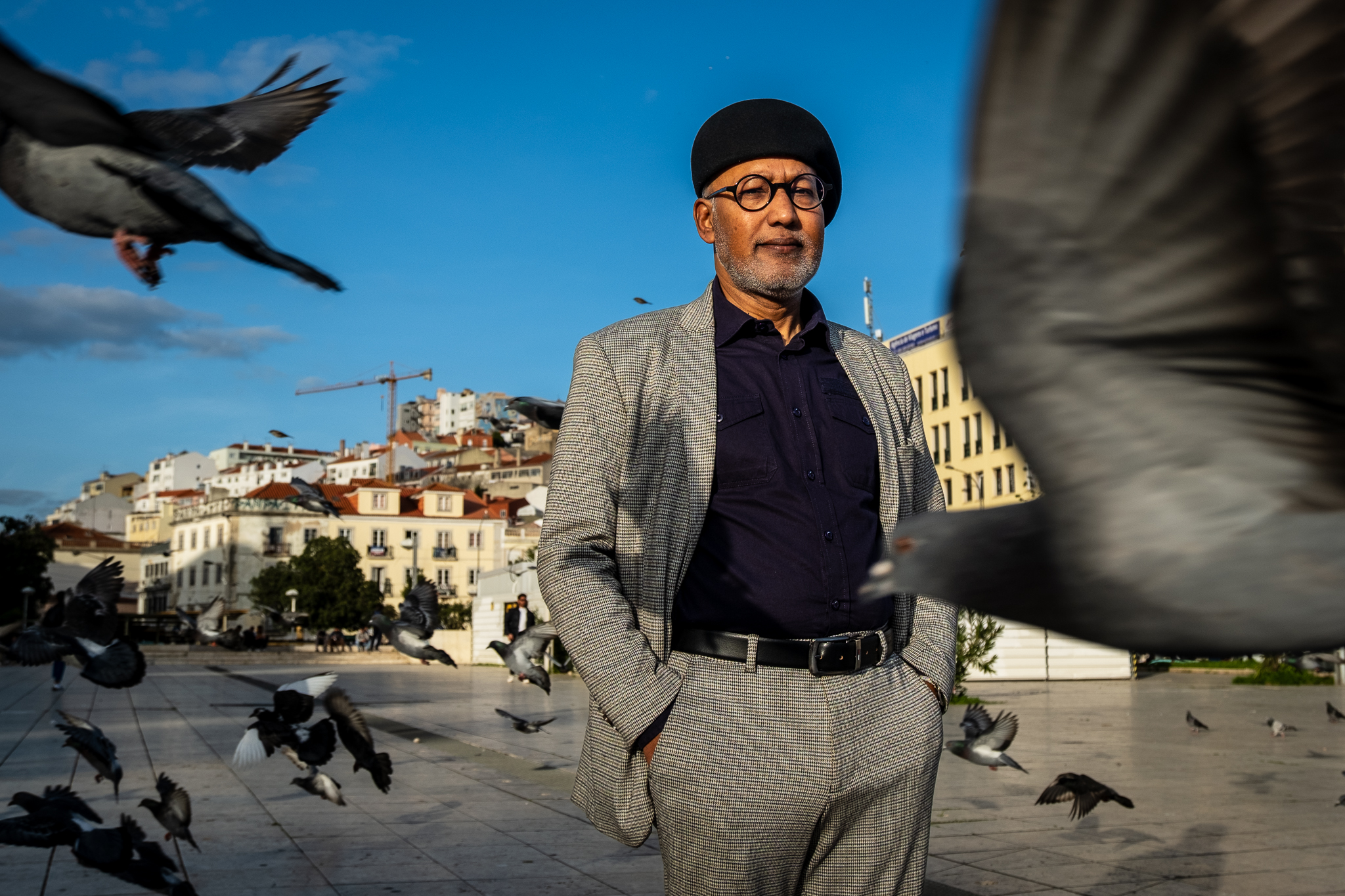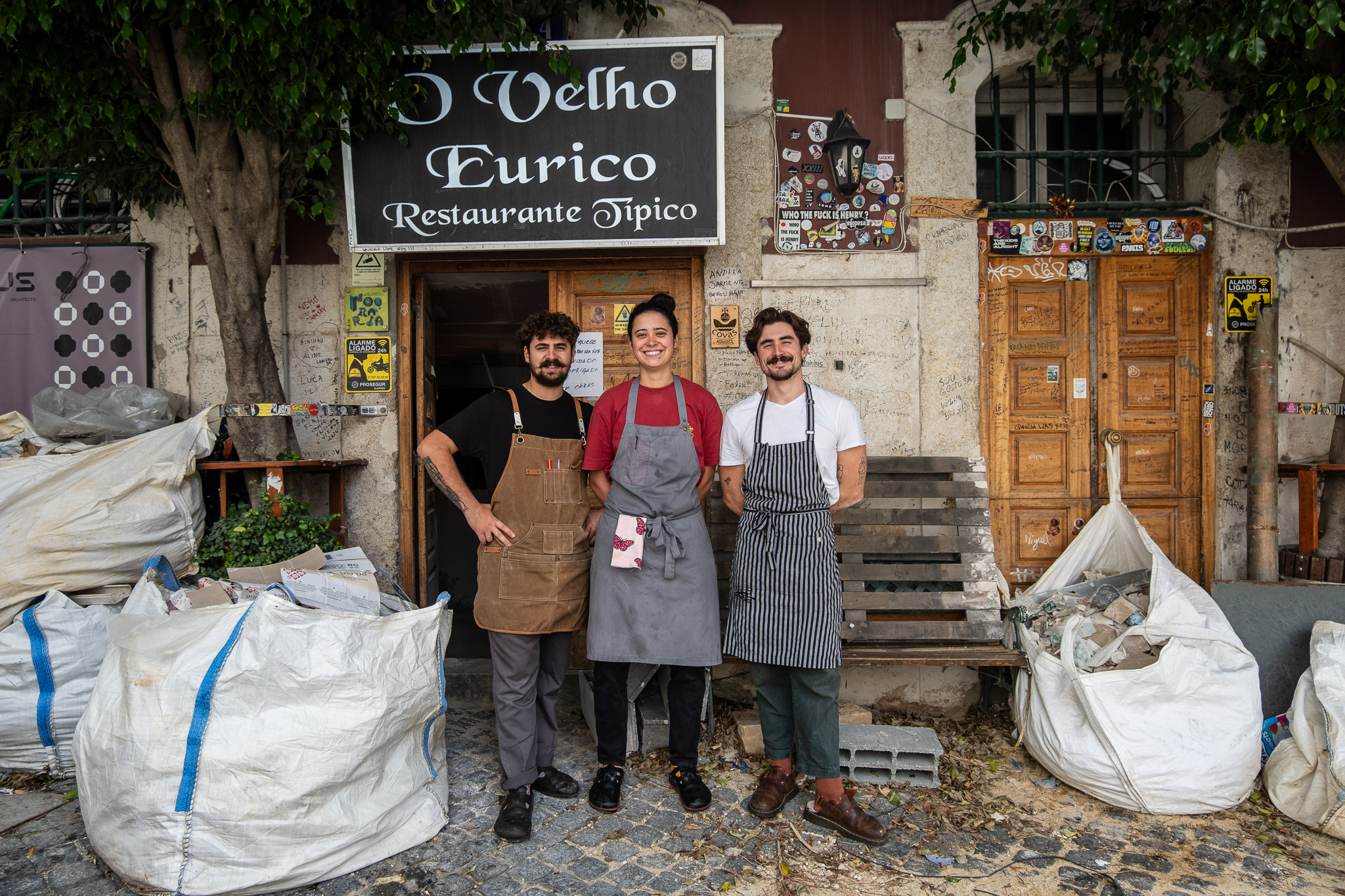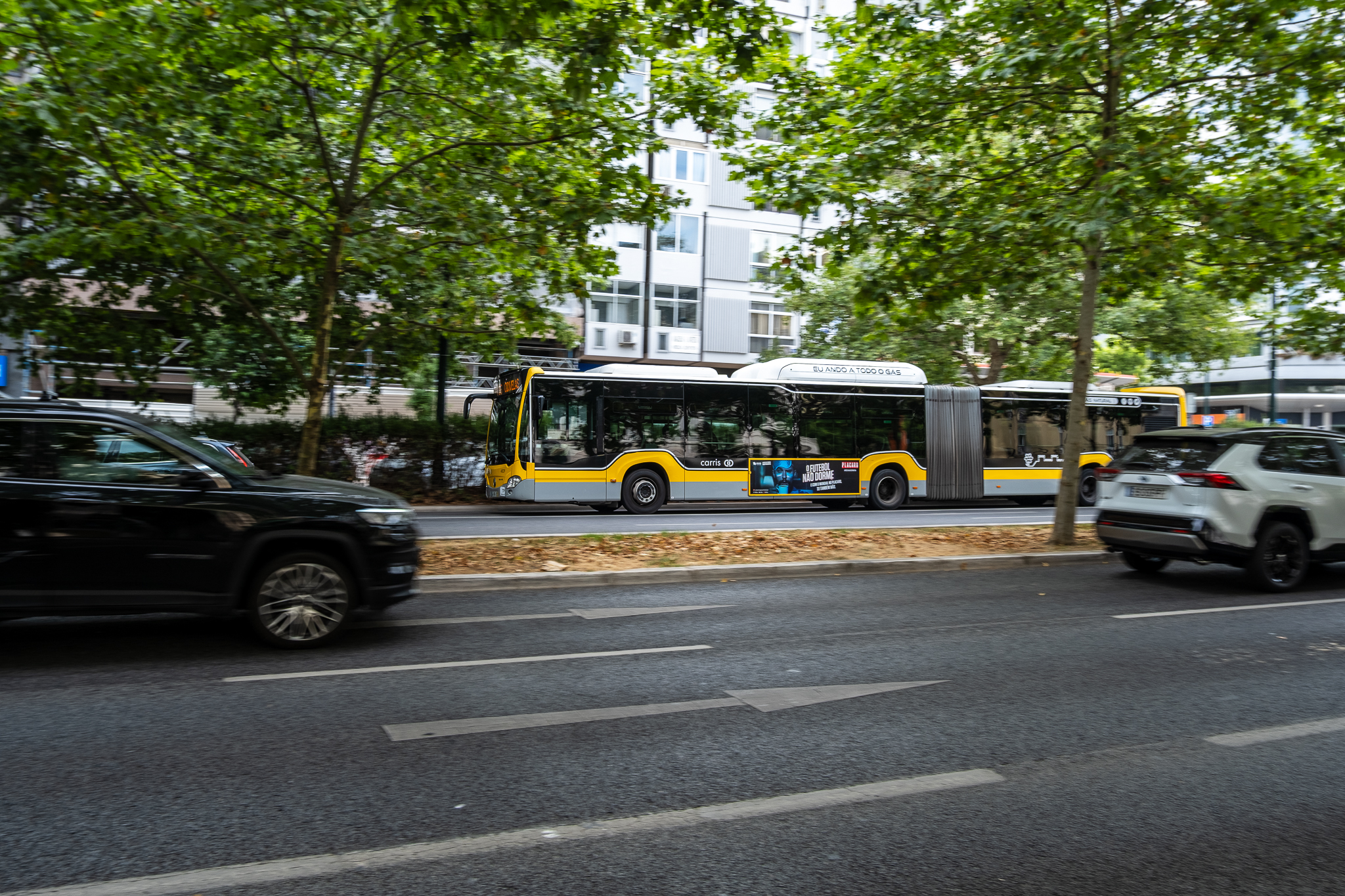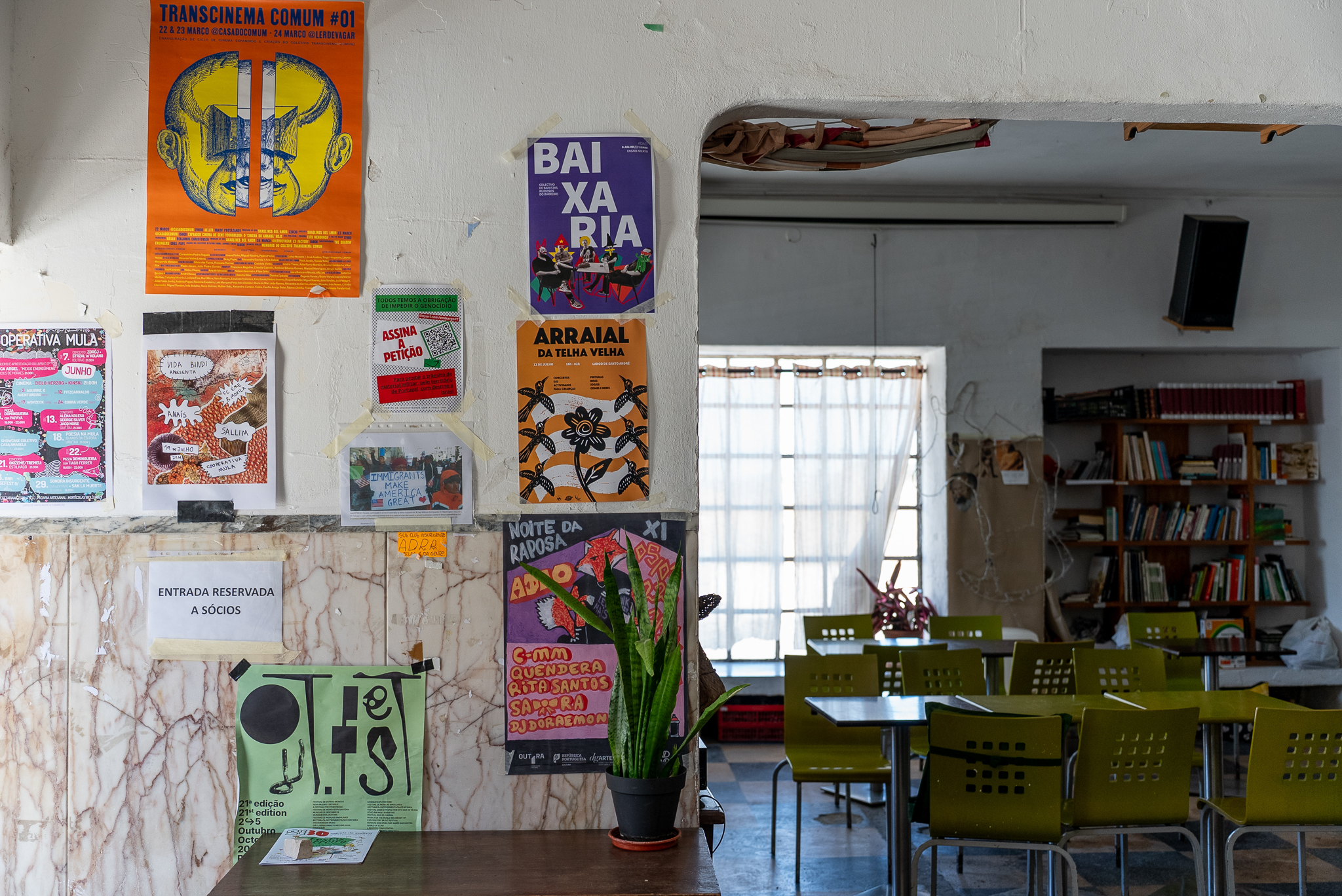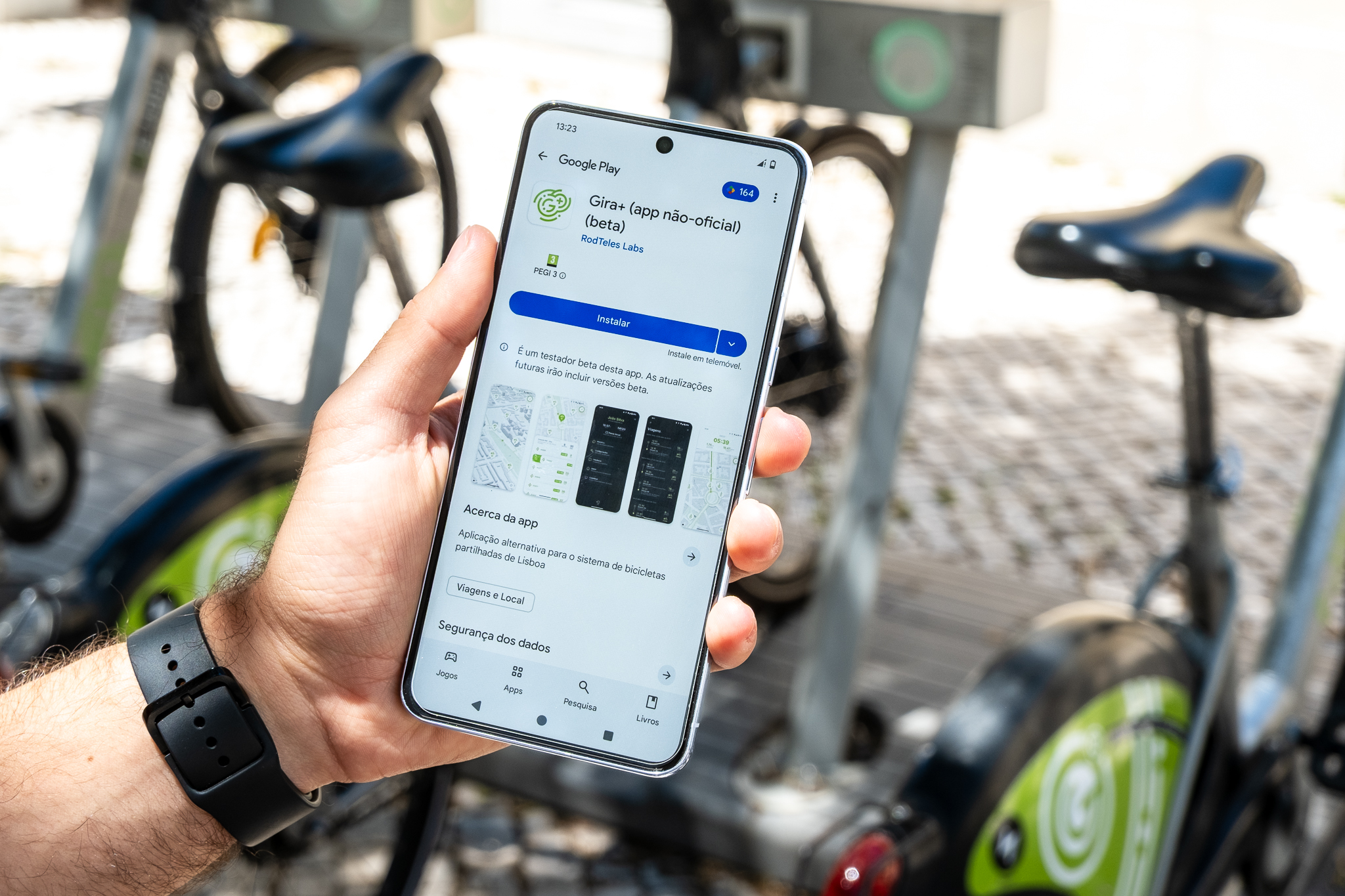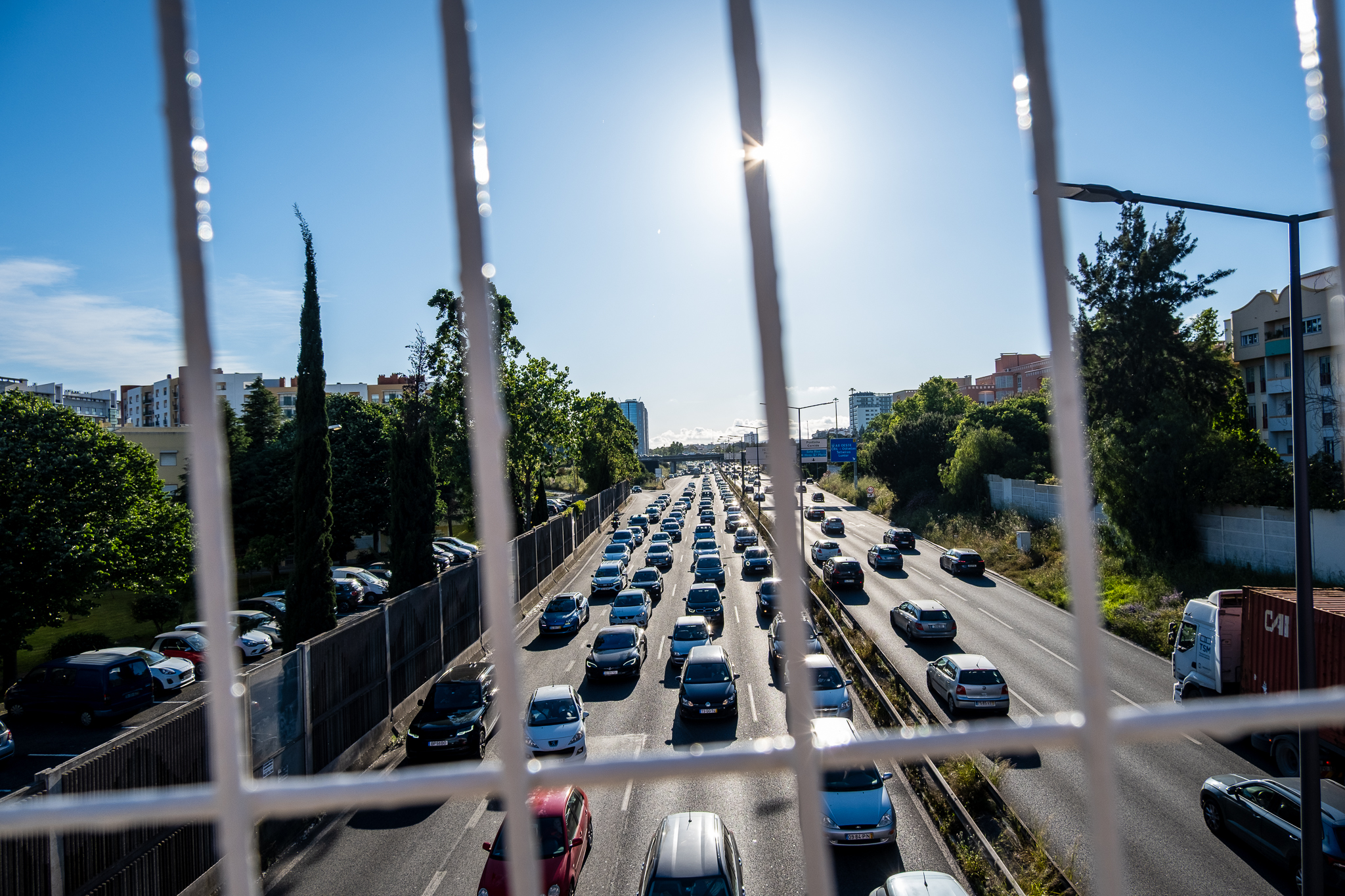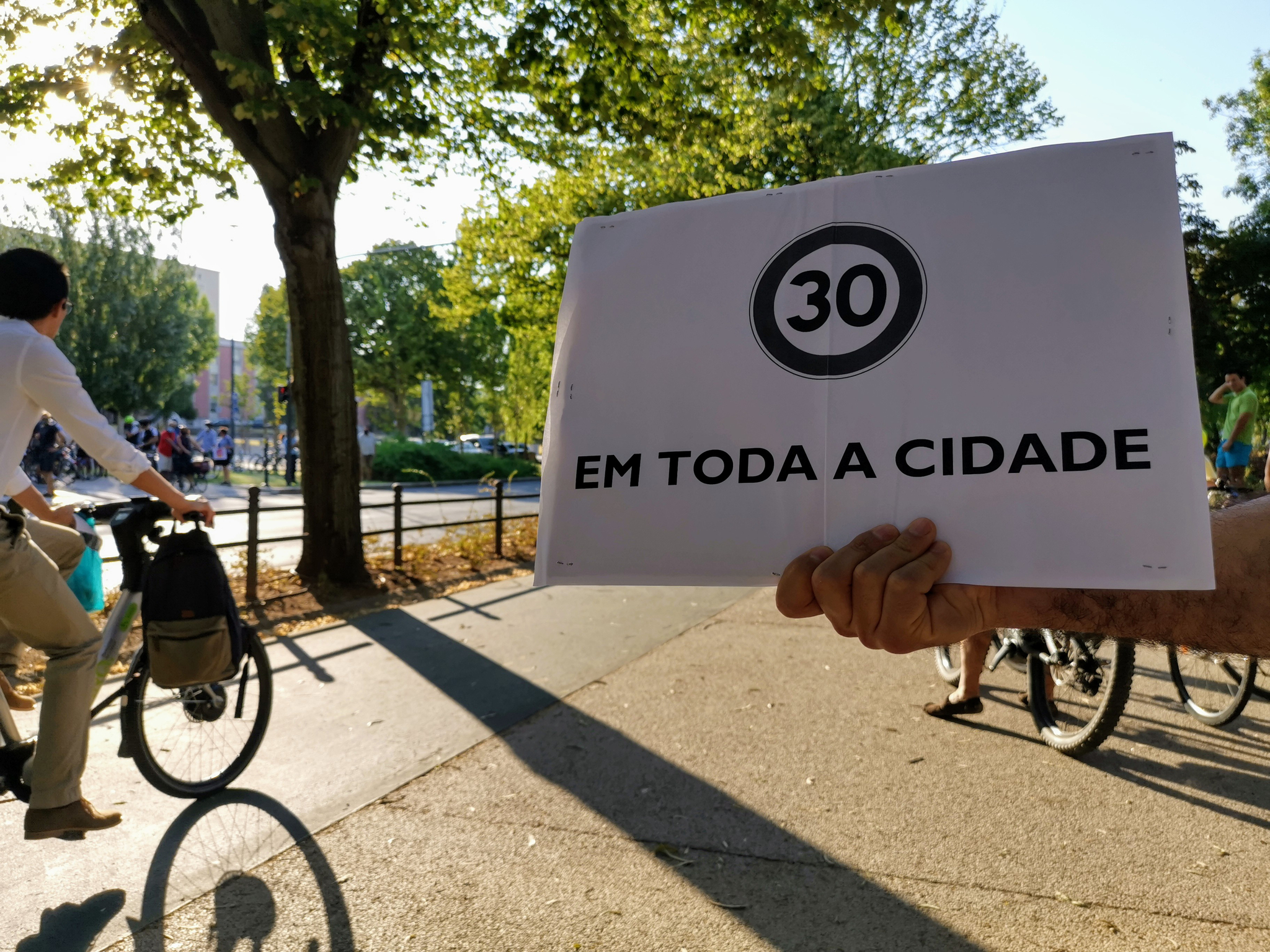
O fatal accident of a 16-year-old Sporting athlete on a crosswalk in Campo Grande, bicycle in hand, once again raised the issue of road safety. A giant and historic demonstrationIn empathy with the victim, he echoed a message: 30 km/h throughout the city. But the City Council doesn't want to reduce the speed in such a linear way.
To Público newspaperLisbon's Councillor for Mobility, Miguel Gaspar, said that the the city is ready to make 30 km/h the norm, imposing this speed limit on most of the road network, but with the exceptions of expressways such as Campo Grande or Avenida da República and Avenida dos Estados Unidos da América, right next door.
These arteries are considered main distribution routes and the maximum speed is generally 50 km/h, according to the Municipal Master Plan (PDM). In the hierarchy of roads, structural roads such as the Segunda Circular and the Eixo Norte/Sul are above them, where the maximum speed is 80 km/h. Then there are the neighborhood and local access roads and this is where the council wants to reduce the speed - often set at 50 km/h - to 30 km/h. "More than 800 kilometers of road network"stresses Miguel Gaspar.
According to data from the National Road Safety Authority (ANSR), 16 people died on Lisbon's roads in 2017, 10 in 2018 and eight in 2019. Miguel Gaspar told Público that "there is no work [in the city] that doesn't incorporate traffic calming principles" and that is waiting for ANSR to approve the regulations for the installation of radars and cameras that detect when a motorist disregards a red light.. "It's unbelievable how we've reached 2020 and cities don't have mechanisms for these situations"he criticizes. In May, the city council ordered 20 radars of this type.
